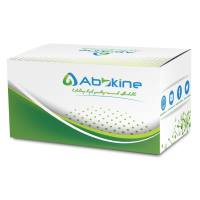Today, recombinant protein expression in E. coli is usually considered a routine technology. Nonetheless, problems with soluble expression, rooted in protein aggregation competing with folding, are still frequently encountered. Many antibody fragments from natural sources are aggregation-prone during folding. Antibodies and their derivatives need to have disulfide bonds for functional expression, and this normally mandates their export to the oxidizing periplasm, and this oxidative folding may compound the problem. For this reason, the co-expression of chaperones assisting in the folding process of the protein of interest has proven to be a useful approach. We describe here both a series of chaperone co-expression vectors for co-transformation with the antibody expression plasmid of interest, as well as the use of the plasmids pHB110 and pHB610, which carry expression cassettes for scFv fragments and specific chaperones, previously found to be useful for antibody fragments, in the same vector. These systems can also be used in phage display (see Chap. 2), as well as in the production of antibody fusion proteins, including bivalent miniantibodies (see Chap. 43) and other constructs. We discuss the procedure of small-scale expression for testing the effect of the co-expressed chaperones, and give details on large-scale expression, including a detailed description on a rapid two-column purification of the scFv fragment.






